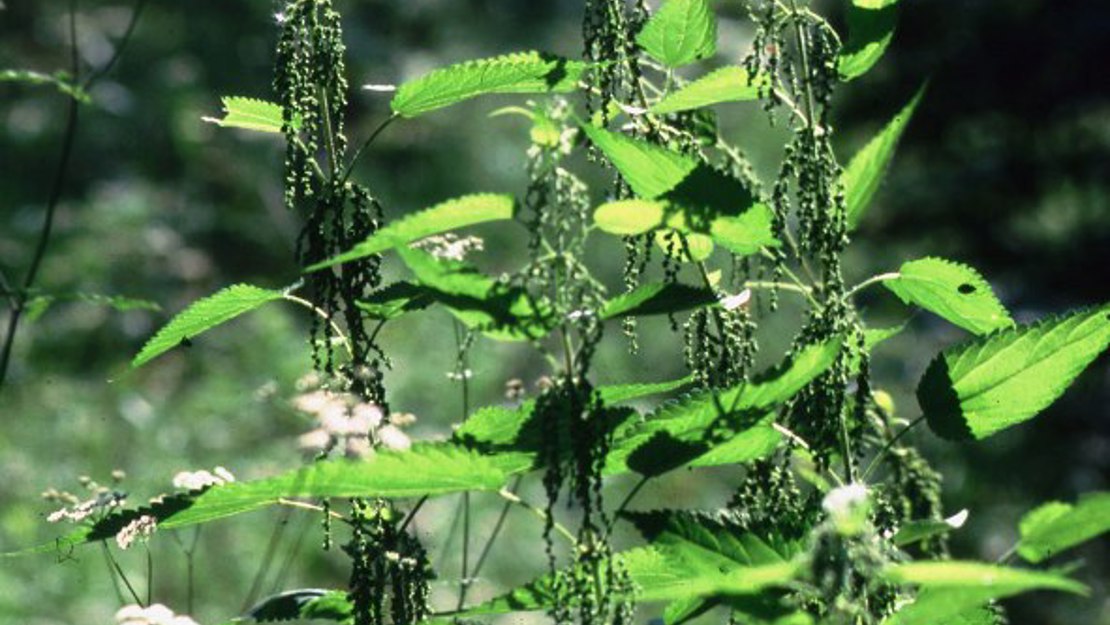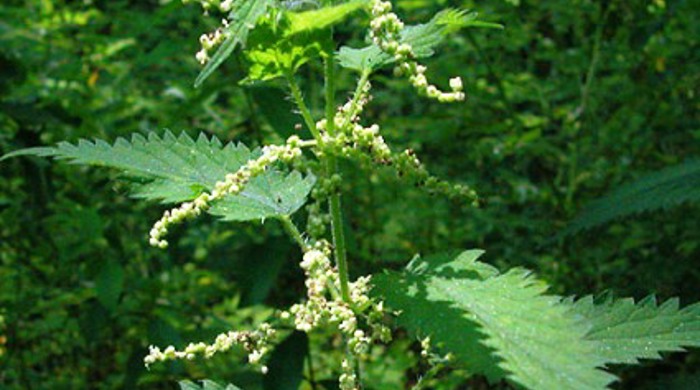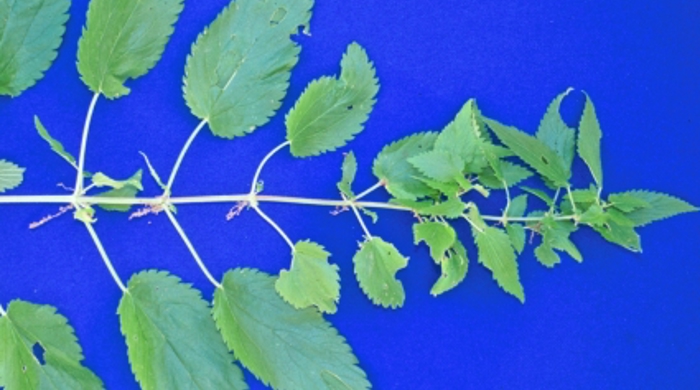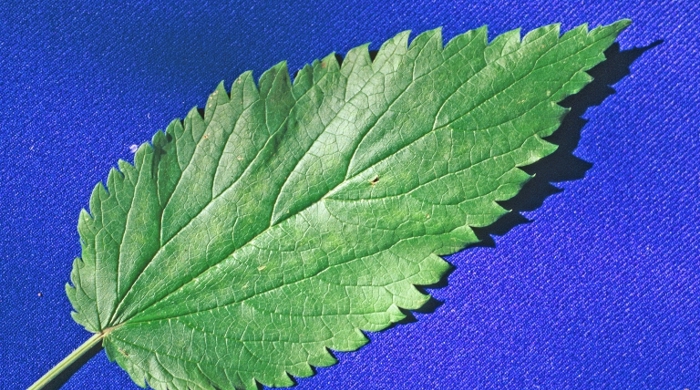Urtica dioica
Perennial nettle
Family: Urticaceae
Origin: Eurasia, North Africa, North America

Regional Pest Management Plan (RPMP) status
- Whole region — Sustained control
- Hauraki Gulf Controlled Area Notice pest
General description
Perennial, rhizomatous herb < 2 m tall. Stems and leaves are hairy with hollow stinging hairs. Leaves are soft, green, < 15 cm long and strongly serrated. Flowers are white/green and borne in dense axillary inflorescences during summer.
What you need to know
To help protect our environment:
- you must not breed, distribute, release or sell perennial nettle within the Auckland region
- you must not plant perennial nettle within the Auckland region, unless you are transferring an existing plant on your land to another location within the boundaries of the same property
- you must destroy any perennial nettle on land that you occupy if it has been planted in breach of the above rules and you are directed to do so by an authorised person.
Habitats
Moist soils, disturbed habitats, riparian areas, wetland margins, forest understorey, wasteland, farmland, roadsides, grasslands.
Dispersal
Seeds dispersed by birds. Vegetative spread from stolons and rhizomes.
Impact on environment
Forms dense clumps, outcompeting native plants. Stinging leaves can cause pain and swelling. May impede access to natural areas.
Control
Site management
Follow up treated areas 3 times per year. Encourage natural regeneration of native plants or replant treated areas where possible after 2-3 treatments to establish dense ground cover and minimise reinvasion.
Recommended approaches
Physical control
Method: Dig out.
Plant parts requiring disposal: Seeds.
Disposal options: Remove to greenwaste or landfill if practical with care.
Biocontrol
Biocontrol is currently not available for this species.
Community agrichemical control recommendations
No qualifications: Cut stump and paste freshly cut base of stems with double strength glyphosate gel or foliar spray with 100ml glyphosate green per 10L of water.
Certified Handler/Experienced agrichemical user: Foliar spray with 100ml glyphosate green per 10L of water and 20ml penetrant.
Safety notes
Has stinging hairs on the plant that cause a itching and burning sensation, wear protective clothing when handling.
;Caution: When using any herbicide or pesticide please read the label thoroughly to ensure that all instructions and safety requirements are followed.






